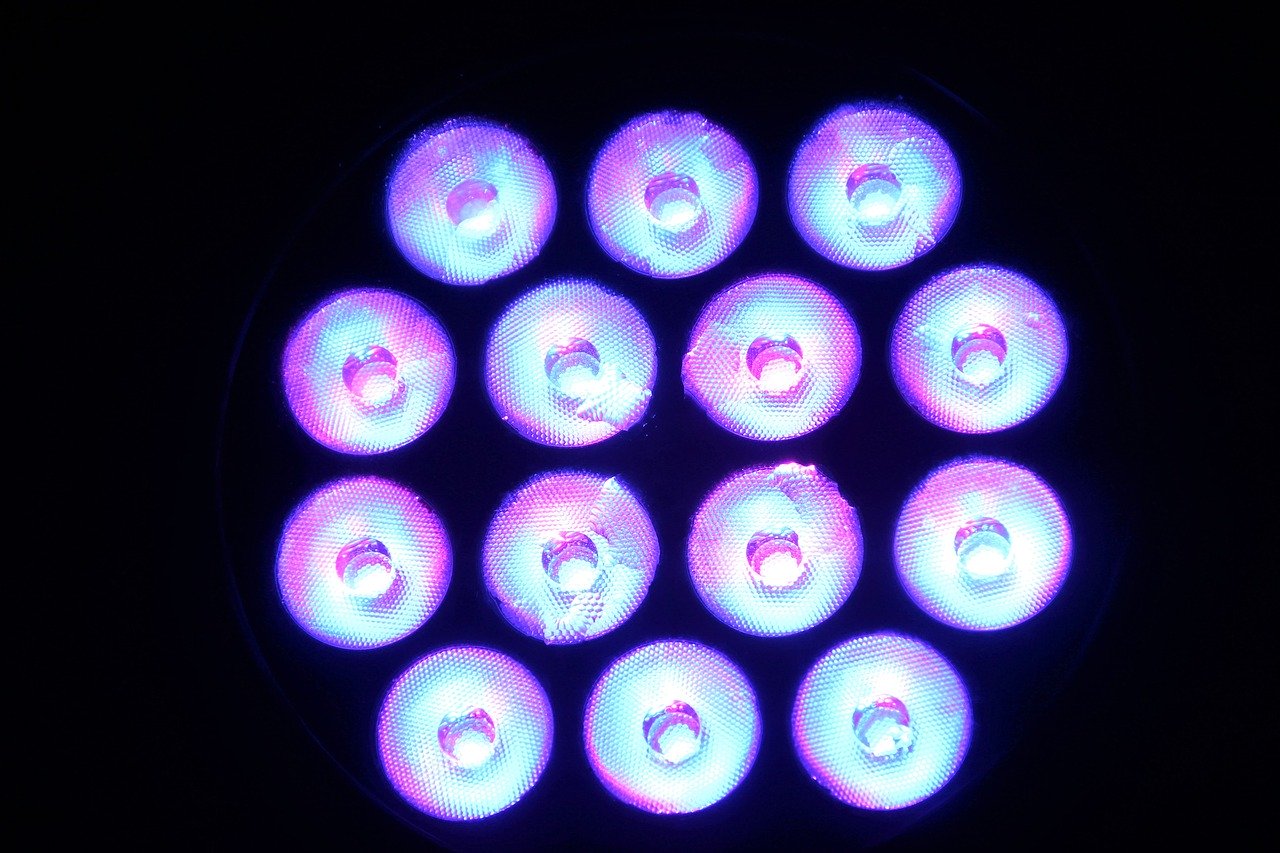People usually only know that UV light is viable to kill bacteria and viruses, but they are not aware of the details about wavelength or ililluminance. For the manufacturers who had planned to end production of conventional lighting, this UVC trend for lamps become a big surprise. Take Signify for example, it is magnifying product categories and lines and invested UV lamp producer, GLA, in Netherland, indicating that the heat of UVC conventional lamp will not fade away in short.
As a connector supplier, Amphenol LTW Technology has been collaborating with manufactures in UV application and found 80% of current demands from UVC conventional lamps. The connector designed for such devices is mostly 2 pins or 4 pins with metal or special plastics materials.

(Image: Pixabay)
At present, there are 3 main applications:
1. Air purification: combining UVC lamp to air conditioning or lighting to disinfect the air. Example includes Osram’s Airzing, Siginify’s TUV series and American Ultraviolet’s ICR series.
2. Space disinfection: combining UVC lamp with automatic guided vehicle (AGV) or autonomous mobile robot (AMR) to perform disinfection in a specific area. For example, UVD Robut from Blue Ocean Robotics, Amazon-UV-light robot, PURO UV Light pilot program in MTA New York.
3. Object disinfection: adding UVC lamp to container interior to sterilize the objects, such as mask sterilizing box. Other applications also include UV lamp based sterilizer boxes for medical devices and equipment disinfection and UV light bars integrated refrigerators.
UVC lamp has fixed specification, structural design and circuit. These features allow manufacturers to easily produce products according to different requests, boosting UVC lamps penetration in the market. This also explains why conventional manufactures like Osram, Signify and Acuity add production lines on the one hand, and aggressively seek to cooperation with manufactures in a variety of UV application on the other.
Having a concern about the compressed development of UVC LED due to the increased demand of UVC lamps, Charles Wu, Market Development Director of Amphenol LTW Technology, shared his viewpoint towards the market.
Firstly, looking into the three main applications above, UVC LED could be highly applicable to object purification. UVC lamp has the weakness of high operating heat whereas UVC LED takes a great advantage on small size and energy. These two features are very likely to win market preference. To replace UVC lamps, it is inevitably to meet the requested design of light board and precise connector, which allows LED light board viable to directly connect supplying power.
Secondly, the UVC application to AGV or AMR must not be underestimated. Higher efficiency is required for a battery-driven AGV. To replace UVC lamp, UVC LED must add intensity by means of optical design; the driven design must comply with battery specifications; and the connector must avoid vibration. Despite the challenging design of LED module, LED manufactures will in general remain hopeful facing the big market of robots.
In response to sustainable policy, UVC lamps are likely to be a transitional technology and will be replaced. At current stage, LEDs might not be feasible yet in some applications due to their limitations of energy and price. But LED manufactures shall keep faith in its unlimited market potential which requires a long-term collaboration and resources between the supply chains.
Many UV LED products have launched in 2019 and the demands surged with the COVID-19 pandemic in 2020. Although UVC lamp manufactures still take big share of the market, UVC LED makers managed to achieve more than 100% on-year growth for the first and second quarter of 2020. The demands for disinfection are increasing due to the pandemic, and UVC LED applications are believed to be a long-term demand accordingly.
(Author: Charles Wu, Global LED Application Market Development Director)












